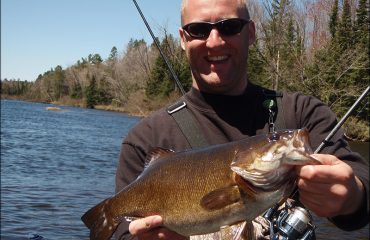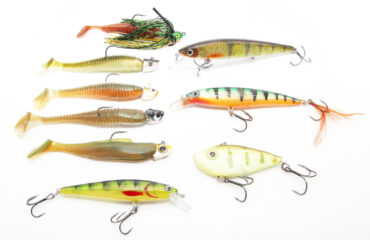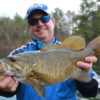Revised Top Tips for Early Spring Largemouths
Ice out is here and the moment it goes the fishery is ready. The script from winter to spring flips so quickly that it seems like largemouths have no time to react. They sense these changes underwater, and they swiftly relocate from their wintering areas to the warmest waters available in the system.
Although they aren’t known to be a migratory species, largemouths can school and undergo movements just like any other schooling lake fish in spring (walleyes, crappies, bluegills). Following a brief transition period after ice-out, they set up in staging areas before infiltrating the shallows. A slight increase in water temperature, to the mid-40’s, is just enough to trigger the first movements of spring from their main lake wintering areas to the shallow warming sections of every lake.
At this moment, you’d be foolish to not visit a fishery containing one of the following: A drainage lake system that connects between lakes and provides travel routes and several options for fish; Navigable creeks and channels that give fish hangouts for hiding, feeding, and spawning; Backwaters or oxbows that give fish a seasonal refuge and temporary home; Swamps and bogs –




















